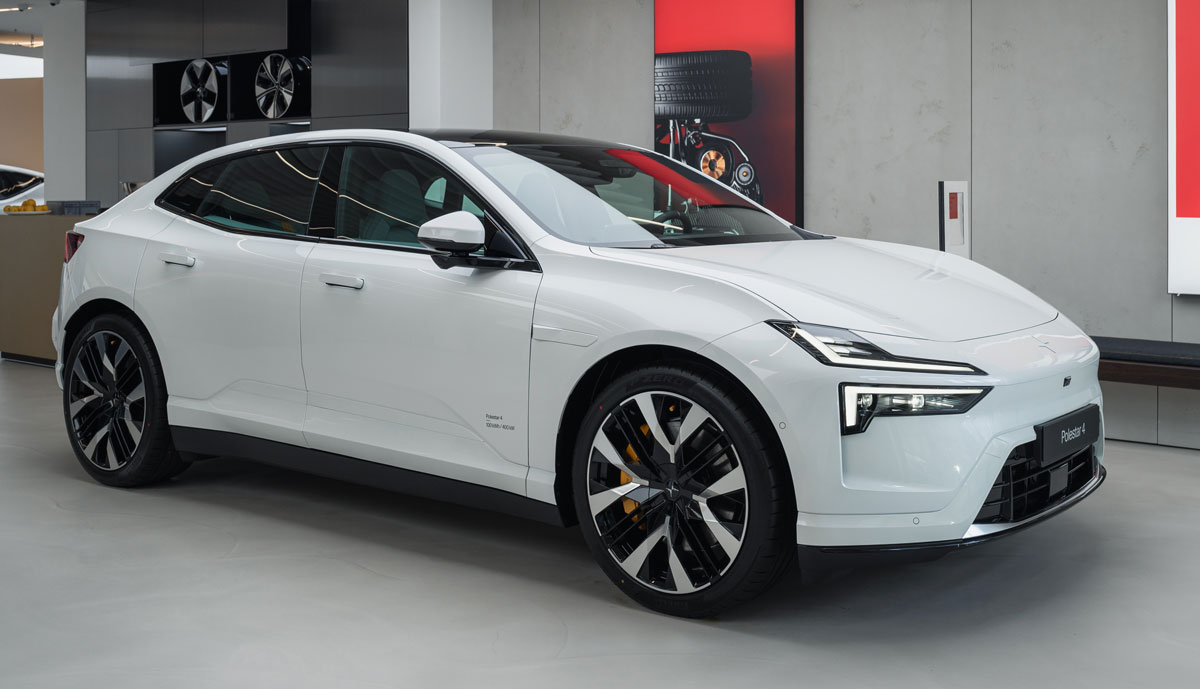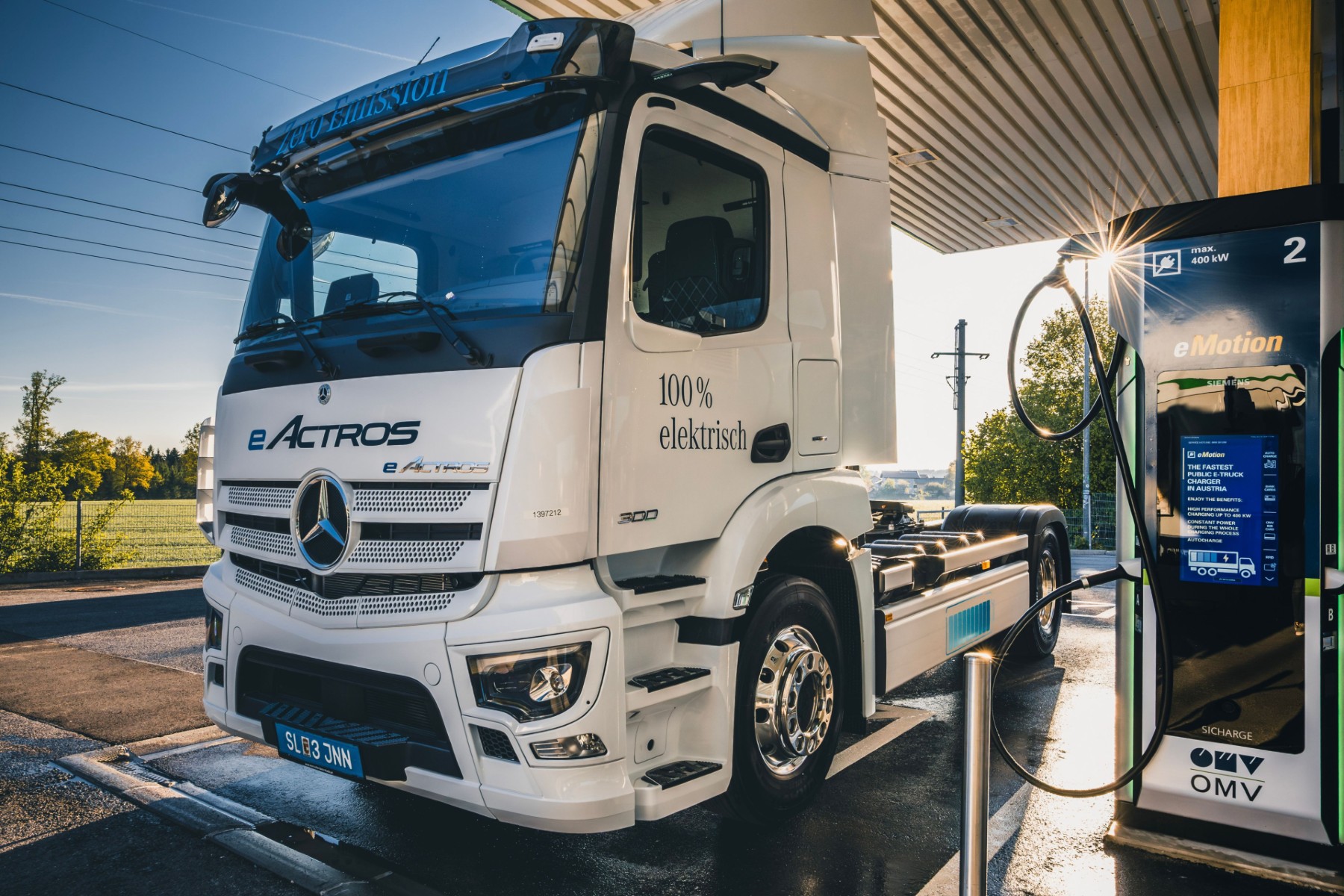Completely CO2 neutral products by 2030; Green electricity and recycling everywhere; Actress Octavia Spencer then also appears as “Mother Nature” during the keynote. exactly. At the presentation of the new iPhone 15, Apple did not have much to say other than the EU-mandated USB-C port – and thus tried to draw attention to its environmental protection efforts. This has led, among other things, to the new Apple Watches (Series 9 and Ultra 2) being marketed as CO2 neutral.
“We’re reducing a significant portion of emissions through innovations in materials, clean electricity, and low CO2 charging. We’re offsetting what little remains through investments in nature-based projects,” Apple says. Like many other companies, iGroup relies on carbon dioxide offsetting. CO through credits – These have been more than controversial for some time.
Trending Topics detailed that Verra’s CO2 credits are more than questionable. However, Apple also relies on Verra when it comes to CO2 offset for its products. “The company uses certificates from projects certified to international standards, such as Verra; the Climate, Community and Biodiversity Alliance (CCBA) standard; “Or the Forest Stewardship Council,” Apple says.
Apple also relies on Verra certifications
Vera, an NGO based in Washington, D.C., has become famous – and unfortunately infamous – for its projects on certified carbon standards and the REDD+ initiative. Because it’s not just British research guardian And German the timeone too New study The UC Berkeley Carbon Trading Project shows that FERA-certified forest projects, on the basis of which carbon dioxide credits are awarded as compensation, are largely worthless. In particular, so-called REDD+ projects (short for “Reducing emissions from deforestation and forest degradation”) have been widely criticized. According to the Berkeley study, current approaches to reducing emissions from deforestation and forest degradation would produce “only minimal” carbon credits.
They represent a small fraction of the claimed climate benefits. Estimates of emissions reductions will be “exaggerated.”
CO2 credits work like this: Company A generates X amount of CO2 through its products, at least hundreds of thousands or even millions of tons. In order to reduce CO2, we work with green electricity, recycling, improved logistics, sustainable packaging, etc. – but no company can achieve zero because raw materials, transportation, etc. still generate CO2. If you want to label a product like the Apple Watch “CO2 neutral,” you must purchase CO2 credits. They must use certifications to ensure that the amount of carbon dioxide is reduced somewhere on the planet – often through reforestation, because trees store carbon dioxide. So Company A can deduct the amount of carbon dioxide Y from the amount X it produces itself, thus arriving at zero. Voila, the CO2 neutral product is ready.
Apple has not yet revealed how its smart watches will become “carbon neutral.” The basic principle of CO2 offsetting goes like this: Apple, for example, calculates its corporate emissions (Scope 1, 2, and 3) at 324,060 tons of CO2 equivalents (including Apple Stores, commuting, business travel, data centers, home offices, etc.). .) You then purchase credits worth 324,100 tons of CO2 equivalents. This means that the company’s operations are “CO2 neutral”. You can then calculate something similar for raw materials, delivery, manufacturing, product use, or logistics. However, CO2 emissions along the value chain are still too high to be offset by CO2 credits. The “Recovery Fund” announced by Apple in 2021 shows how high the costs of supporting projects to reduce carbon dioxide are. For this purpose, the group has pledged up to $400 million.
The Future Economy: How to stop the greenwashing of CO2 certificates
Criticism of “fake credits”
But the problem is Vera. Not only the Berkeley study, but also research conducted by the aforementioned newspapers showed that forest projects approved by NGOs and especially REDD projects are more than questionable. guardian And the time It found that more than 90% of their rainforest offset credits are likely “fake credits” and will not represent real carbon reductions. For this purpose, 60 forest projects verified by Vera were examined.
Since its publication in January 2023, Verra has been on the defensive: the NGO’s messaging is filled with reactions to more studies and announcements that methods for measuring CO2 through a “verified carbon standard” and projects to reduce emissions from deforestation and forest degradation It has been or is being revised or updated. Criticism of Vera even helped prompt two global companies (Nestle and Shell, certainly not environmentalists’ favorites) to stop relying on carbon dioxide credits. Both Nestlé and Shell used to rely on Vera.
Shell and Nestlé don’t care about CO2 credits. This says a lot about carbon credits.
Two critical projects have expired
Now Apple has reacted too. From a footnote in his bookEnvironmental Progress Report 2023“It reveals that Apple has withdrawn carbon offsets from two projects verified by Verra regarding corporate emissions for 2022. These are the following projects:
- Alto Mayo Protected Forest (AMPF) in Peru: The Reducing Emissions from Deforestation and Forest Degradation (REDD) project, which is twice the size of New York City, has been the focus of criticism in research conducted by the aforementioned newspapers. The park authorities forced local residents to leave their homes to protect the forests from deforestation. Media giant Disney has also used carbon credits from Alto Mayo to offset carbon dioxide emissions. This was about 167,000 tons of carbon dioxide for Apple.
- Chiolo Hills REDD+ Project (CHRP) in Kenya: Reducing emissions from deforestation and forest degradation (REDD+) projects have been particularly criticized (see above). These aim to achieve measurable reductions of carbon dioxide through forest protection measures. Vera last reported in July that the standards for reducing emissions from deforestation and forest degradation would be reviewed; The new measurement methods are expected to become effective in the last quarter of 2023.
Apple recognizes that carbon dioxide credits, which environmentalists generally criticize, are not a permanent solution. The goal is to become CO2 neutral by 2030. “We use high-quality offsets as a temporary solution to unavoidable emissions. We strive to identify deforestation prevention and CO2 reduction projects that meet the highest standards and have a sustainable impact,” says Apple. “. It is currently unclear whether people will move away from Verra completely. The sustainability report shows that Apple continues to rely on projects verified by Verra, including China And in Guatemala The first is a project to reduce emissions resulting from deforestation and forest degradation.
Note: Apple has not yet been able or unwilling to provide a statement to Trending Topics regarding Verra’s carbon credits. Questions about whether we will continue to rely on Verra in the future, how Apple Watches will specifically be made “CO2 neutral” and whether Apple will commit to CO2 credits or other forms such as Direct Air Capture (DAC) financing, like Microsoft Or Amazon, has so far remained unanswered.
Climate neutral by planting trees? Non-governmental organizations concerned with environmental protection see the matter as “dangerous.”

“Total coffee aficionado. Travel buff. Music ninja. Bacon nerd. Beeraholic.”







More Stories
Austria: OMV and Siemens open truck cranes in Lakirchen
Adidas suffers a setback in the US court in the nudity dispute
Heavy costs for Magna due to the end of Fisker in Graz